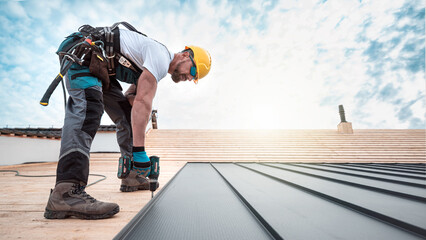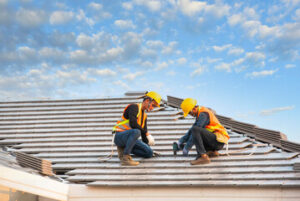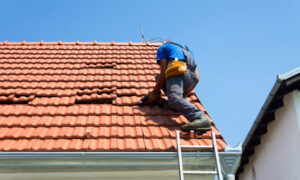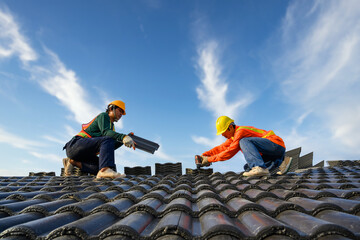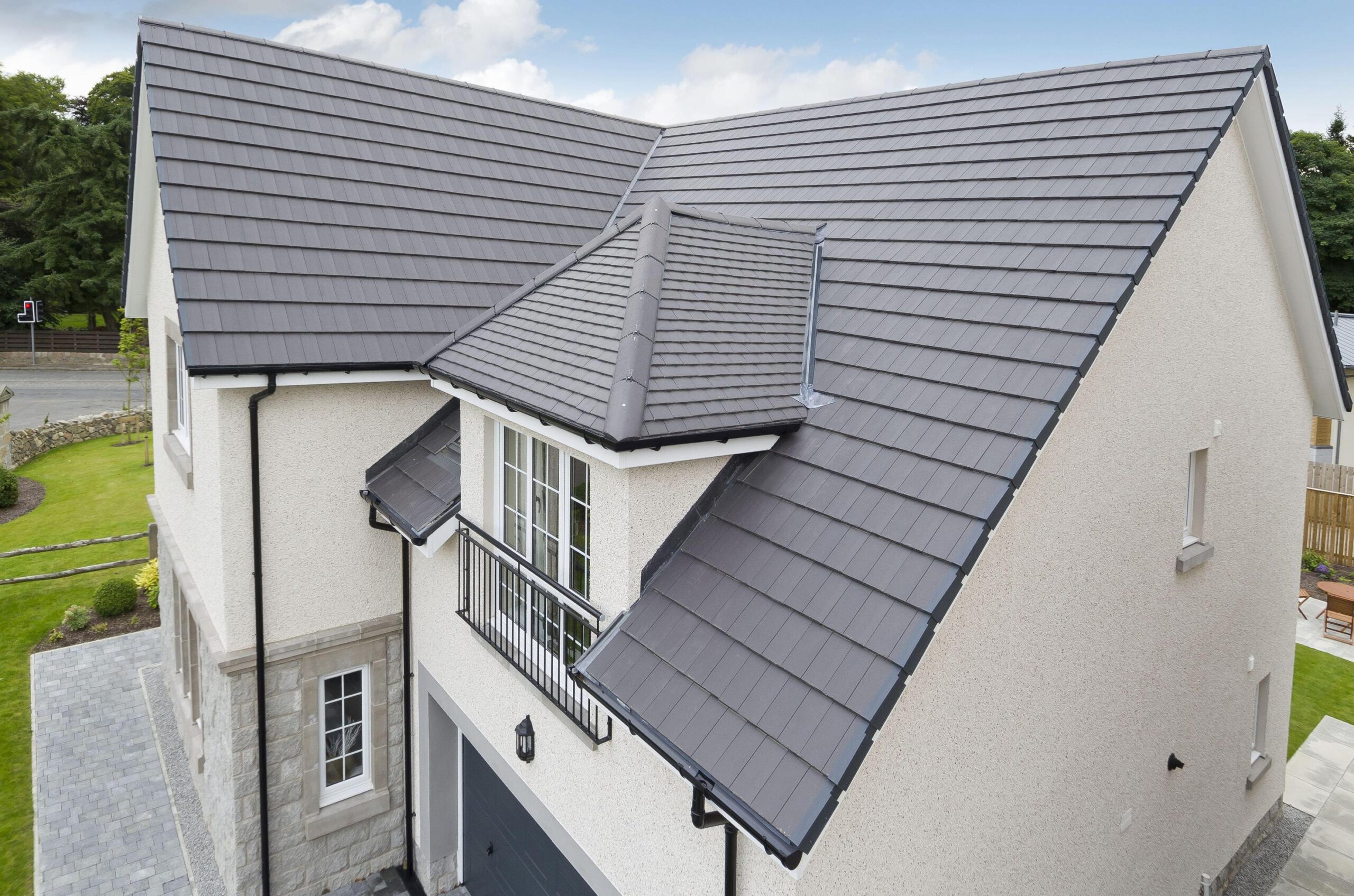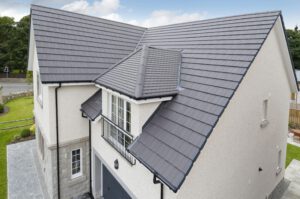Roofing Company Sun City specializes in a specific area of home repair, usually roofs. It employs a crew of licensed roofers and offers substantial warranties. It is also bonded and insured for liabilities, making it more reliable.
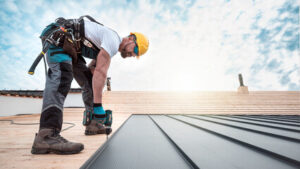
A well-maintained roof can increase the value of a property, and it can make it easier to sell. It can also reduce energy costs and improve curb appeal.
Roofing contractors specialize in the installation, repair, maintenance, and replacement of roofs. These professionals are often licensed by the state to do so. They are also skilled at handling a wide range of issues, including spotting problems and recommending solutions. Roofing contractors can also help homeowners navigate insurance claims.
The services of a roofing contractor are crucial to the health and safety of both commercial and residential properties. They can provide a variety of different services, including assessing roof damage, installing storm-resistant shingles, and replacing existing roofing materials. They can also help homeowners choose the best type of roofing material for their property.
Most roofing companies will work with homeowners to determine the cost of a new roof and can offer financing options. They can also handle any problems that may arise during the process, such as unexpected leaks or weather delays. Some roofing companies even offer free estimates.
Whether you are in need of roofing repairs or want to replace your entire roof, hiring a professional will save you time and money. A roofing company will have all of the tools and experience necessary to ensure that your roof is in good condition. They can also offer other services, such as gutter cleaning and exterior painting.
A roof can be very dangerous to work on, and it is important to follow all of the appropriate safety precautions. Taking these precautions can protect you from injury and ensure that the job is completed properly. Roofing contractors must also be familiar with local codes and regulations. They must also have liability insurance to cover any damage that occurs during the work.
Storm-Chasing Companies
When a major storm damages your home, it’s normal to be anxious and want the repairs done quickly. However, homeowners should be careful when choosing a roofing company to do the job. In many cases, unscrupulous contractors known as “storm chasers” cash in insurance checks to perform subpar repair work and then leave town before the problems are discovered. This can lead to further damage, expensive repairs and even legal complications.
Storm chasers typically have no connection to a local area and often don’t even have a physical address for their business. They may use subcontractors who aren’t trained in roof repairs and don’t have the skills to do quality work. Additionally, these companies typically offer low prices to grab homeowner’s attention. However, this can lead to further repairs, costly mistakes and a lower-quality roof.
Since these companies don’t have a permanent location, they can also be difficult to contact for warranty issues or other concerns. Homeowners should only work with a company that has a strong reputation and established local roots.
If a local roofer offers you a contract, be sure to get all stipulations in writing and ask about any warranties. If a contractor doesn’t provide any documentation, you should move on to another roofing company. You can also check a potential roofer’s license, insurance and references to make sure they are legitimate. To avoid being scammed, choose a roofing company that has been in the local community for years and is affiliated with a trusted local insurance agent. It’s also a good idea to get quotes from several different roofing companies. Then you can choose the one that’s best for your home and budget.
Group Buying Organizations
Whether it’s office supplies or roofing materials, purchasing in bulk saves money. Group buying organizations can help businesses of all sizes save by leveraging their collective purchasing power to negotiate better pricing and terms from vendors. In addition, GPOs can also provide other valuable services like centralized ordering and support.
Projects involving commercial roofing can be expensive and time-consuming. Reaching out to dozens of companies, vetting them out and negotiating terms can be exhausting, but it’s an essential part of the process. A group purchasing organization, or GPO, can help you avoid pitfalls and get the best commercial roof for your business.
One example of a GPO is the Interlocal Purchasing System, which leverages the buying power of thousands of government entities to get them the best prices on everything from office supplies to healthcare insurance policies. The organization also handles the management and collection of bid information, freeing up your staff’s time to focus on their normal job responsibilities. The savings from using a GPO can make this an important investment for any business.
Insurance Companies
The right insurance company is important for a roofing contractor, because it provides peace of mind in the event of an accident. It also demonstrates that the roofing company is serious about being a reputable, professional business, and can foster stronger relationships with homeowners. Regardless of the size of your roofing company, you should consider purchasing an affordable, comprehensive insurance policy that provides coverage for a variety of perils. It is also important to understand the details of your insurance policy, including the exclusions, deductibles, and limits.
Roofing contractors should be sure to have insurance for the following reasons:
Roofing companies must be insured in order to operate legally. In most cases, state regulations require a general liability and workers comp policy. These policies protect the homeowner from damage to property, and they ensure that employees are covered if they are injured on the job.
In addition to ensuring that the roofing company is insured, it’s important for homeowners to find a contractor that is bonded. This will help them if the roofer becomes unable to perform the work or disappears during the project. In addition, a bond company will pay for any damages caused by the roofing company.
Another important aspect of insurance for roofing contractors is to make sure that all repairs and replacements are included in the scope of work. This prevents inadvertent insurance fraud, and helps both the roofer and the homeowner to avoid disputes over repair costs. This is why roofing contractors should always get positive confirmation from the insurance adjuster during on-site inspections.
To streamline the insurance restoration process, a roofing company should use cloud-based software like AccuLynx to create digital job files. These can be accessed from any computer, and allow the roofing contractor to keep track of information and photos. This saves time, and keeps the information in an easy-to-find location.
Licensing
For those looking to start a roofing company, it is important to know that the licensing requirements vary from state to state. In some states, the requirement is to register as a contractor, while in others it is to earn a license or certificate. This process usually involves registering with a state and submitting documentation, passing an exam, and showing proof of insurance. It is also advisable to check the local laws and regulations, as some counties might have additional requirements.
Many of these qualifications are time-consuming, costly and require specialized knowledge and training. For this reason, the licensing process is not a guarantee of skill. Instead, it is a way for the government to track businesses and make sure that they are following all the rules and regulations. Those who are serious about becoming licensed must complete extensive training, often an apprenticeship, and pass one or more exams.
